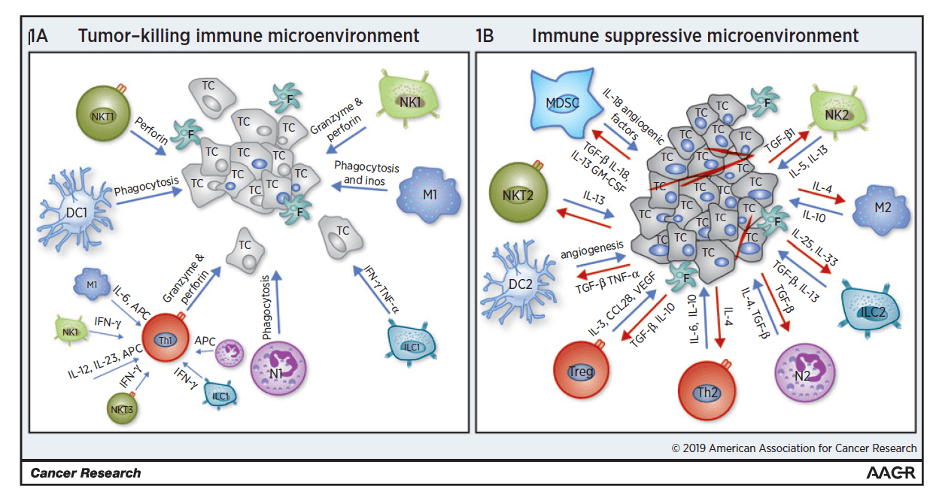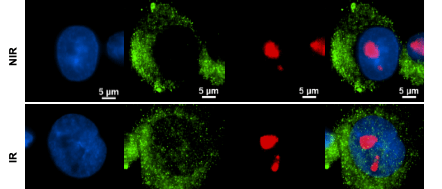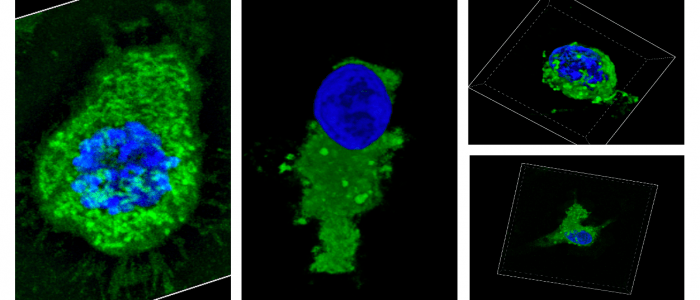The laboratory of Dr. Lalita Shevde-Samant
Research Mission
The Shevde-Samant lab investigates molecular signaling mechanisms that present as fundamental aberrations in tumor cells or in their immune microenvironment with the overall goal to apply this knowledge to complement and improve current clinical protocols with new therapeutic strategies.
Research overview
The efforts of our research program are aligned with the goal of developing an enhanced understanding of the process of metastasis and deepening our understanding of why cancer treatments fail and resistance develops.
Our research findings continue to provide important and innovative insights into how aberrant activation of signaling events converge upon enabling breast cancer progression and metastasis. We have a well-documented record of accomplishments, particularly using in vivo model systems. These discoveries have been enabled with intramural support and extramural funding from the NCI and the Department of Defense.
The Hedgehog Pathway in programming tumor-infiltrating immune cells
Our investigations of the oncogenic Hedgehog (Hh) signaling pathway focus on deciphering molecular mechanisms that regulate Hh activity and determining its mechanistic role in regulating malignant attributes of breast cancer cells. Our discoveries have pivotally contributed to decoding the molecular crosstalk that enables breast cancer cells to re-program their microenvironment and facilitates metastatic progression. By crafting novel methodology and adapting state-of-the-art technologies, we have demonstrated that by virtue of activated Hh, breast cancer cells manipulate vasculature at the primary site and also exploit the metastatic site of bone. Our recent work has identified that by activating Hh signaling breast cancer cells orchestrate the composition of the tumor immune microenvironment to be tumor-permissive; inhibition of Hh re-positioned the immune portfolio to be inflammatory and tumor-eradicating – characterized by a remarkable shift in the nature of tumor-infiltrating macrophages and T cells.

The Hedgehog Pathway in DNA repair
Our prior work demonstrated a role for Hh activity in facilitating base excision repair and nucleotide excision repair. However, the mechanisms by which Hh regulates cancer cell response to DNA insults are poorly understood. In order to develop a broader, unbiased perspective on Hh signaling in DNA repair, we undertook investigations to identify cistronic changes in the Hh transcription factor, GLI1, that may be induced by double-strand breaks (DSBs). Our work revealed that in response to ionizing radiation, occupancy of the Hh transcription factor GLI1 is markedly enriched at rDNA loci and that GLI1 is required for timely repair of rDNA DSBs.


